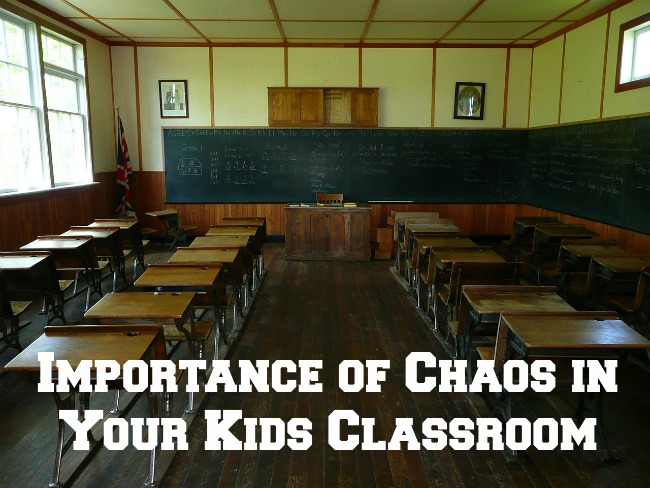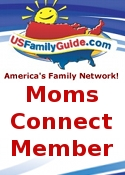One of the classes I survived in graduate school was Classroom Management.
The underlying assumption of this course was we can’t let children learn on their own. Yet when I found myself facing a horde of sophomores my first day as an English teacher, as soon as I’d introduced myself I abandoned my lesson plan and asked them to write a short essay from the point of view of their skin. The school was not yet blessed with AC. They took the topic and ran with it. Great stuff.
I found myself in the principal’s office before lunch. That was okay. He asked me what the point of my “lesson” was and I had no answer other than “ask my students.” He was unimpressed. In the years I taught there, he frequently wanted to see my objectives, but never once asked me what I thought my students’ objectives might be. He was definitely a Classroom Management kind of guy.
Which is more important, the teachers’ objectives or the students’ learning? Doesn’t a certain amount of useful chaos favor the latter? As Mark Twain suggested, “I never let my schooling interfere with my education.”
[Tweet “I never let my schooling interfere with my education. -Mark Twain”]
I work more with tall children these days—adults. I’m on my way to Las Vegas as I write this to work with a group struggling with change in their organization. And, after I introduce myself, I will ask them to generate the objectives for the class. By backing off from “I’m in charge,” I open the wondrous door of chaos. All they need to become vulnerable learners is permission to take over their own learning.
We learn most, and best, when we find ourselves operating uncomfortably close to, or even a little beyond, our customary thinking framework. Children are our best learners (research suggests we learn about 80% of what we know before we’re eight). If you have small children—or were—you have experienced the glory of the childlike. By this I mean a sense of wonder and discovery that only blossoms with a healthy dose of ambiguity.
Chaos.
The opposite of this sparkling (sometimes a little scary) childlike place is the childish. When we’re childish, whether a three-year-old without enough chocolate milk or a 50-year-old principal trying to corral an errant teacher, we act from our lizard brain that wants to control, protect, and stifle. I’ve done it as a teacher and I realize now that when I taught too hard, I didn’t leave them room to learn as each of them needed to.
My stepson Eddie attended a Sudbury school. There, students (5-19) and staff (one for every 12 kids) run the school. Completely. No grades or grade levels, kids and staff paying the bills, designing a new computer lab, dealing with rules and taking responsibility for their own stuff. Eddie’s 27 now and knows himself better than I did at 40. The school gave him room to find himself.
Most public schools still resemble detention centers. No coincidence, that word detention. We parents, teachers, and children can start to advocate—and act—for a new frame. Teachers can turn over more of the class direction to their students and redefine themselves as equal partners in learning. Principals can turn over more responsibility to their teachers, understanding that no two teachers teach alike. And that’s a strength, not a weakness.
We can start sowing the seeds that will transform our schools from a factory model that mistakes standardization for success toward a place that may seem noisier and even messier but that puts learning first, not control.
 Mac Bogert is the founder of AZA Learning, which provides leadership coaching and learning design support to 200 clients nationwide. His latest publication is “Learning Chaos: How Disorder Can Save Education.” The book explores the disconnect between what schools do and how people learn. In it, Bogert suggests concrete steps to remove barriers to learning in schools and training centers.
Mac Bogert is the founder of AZA Learning, which provides leadership coaching and learning design support to 200 clients nationwide. His latest publication is “Learning Chaos: How Disorder Can Save Education.” The book explores the disconnect between what schools do and how people learn. In it, Bogert suggests concrete steps to remove barriers to learning in schools and training centers.




I love this. Very helpful for the year that I am about to embrace.